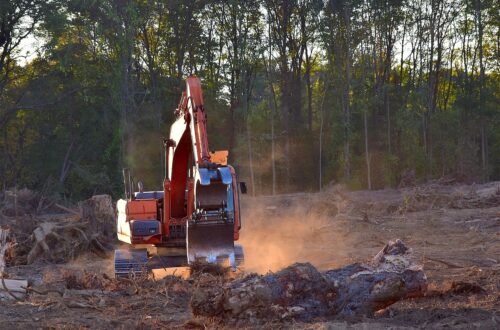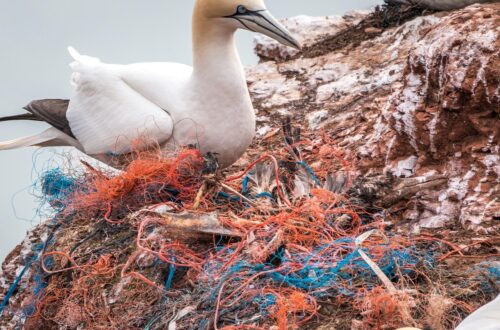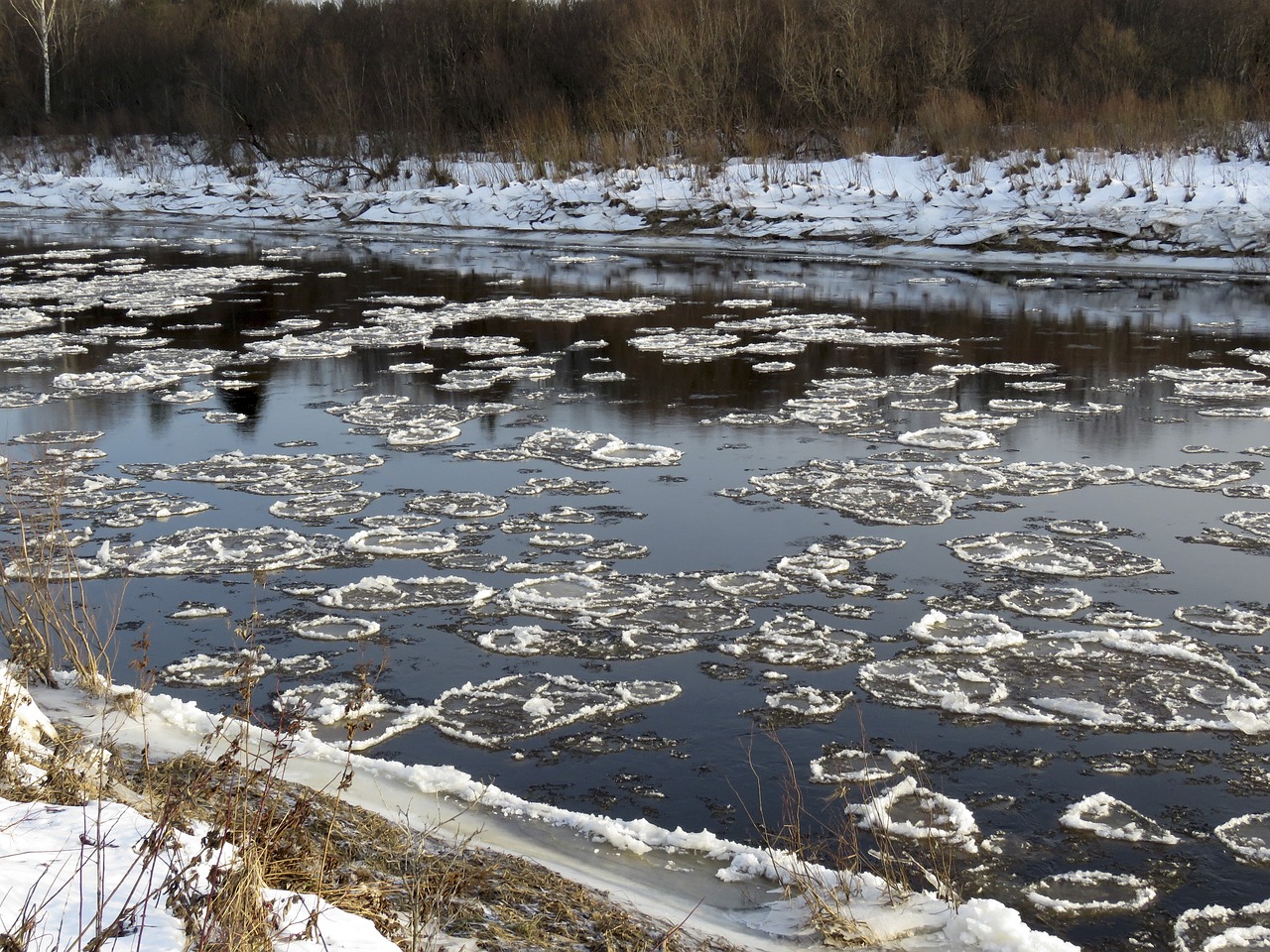
From Sewer Sludge to Forever Chemicals: A Sticky Health Mystery
Sewer sludge, a leftover material from cleaning wastewater, might expose farmers and people living nearby to toxic chemicals known as “forever chemicals,” according to a report by the U.S. Environmental Protection Agency (EPA).
Where is Sewer Sludge Used?
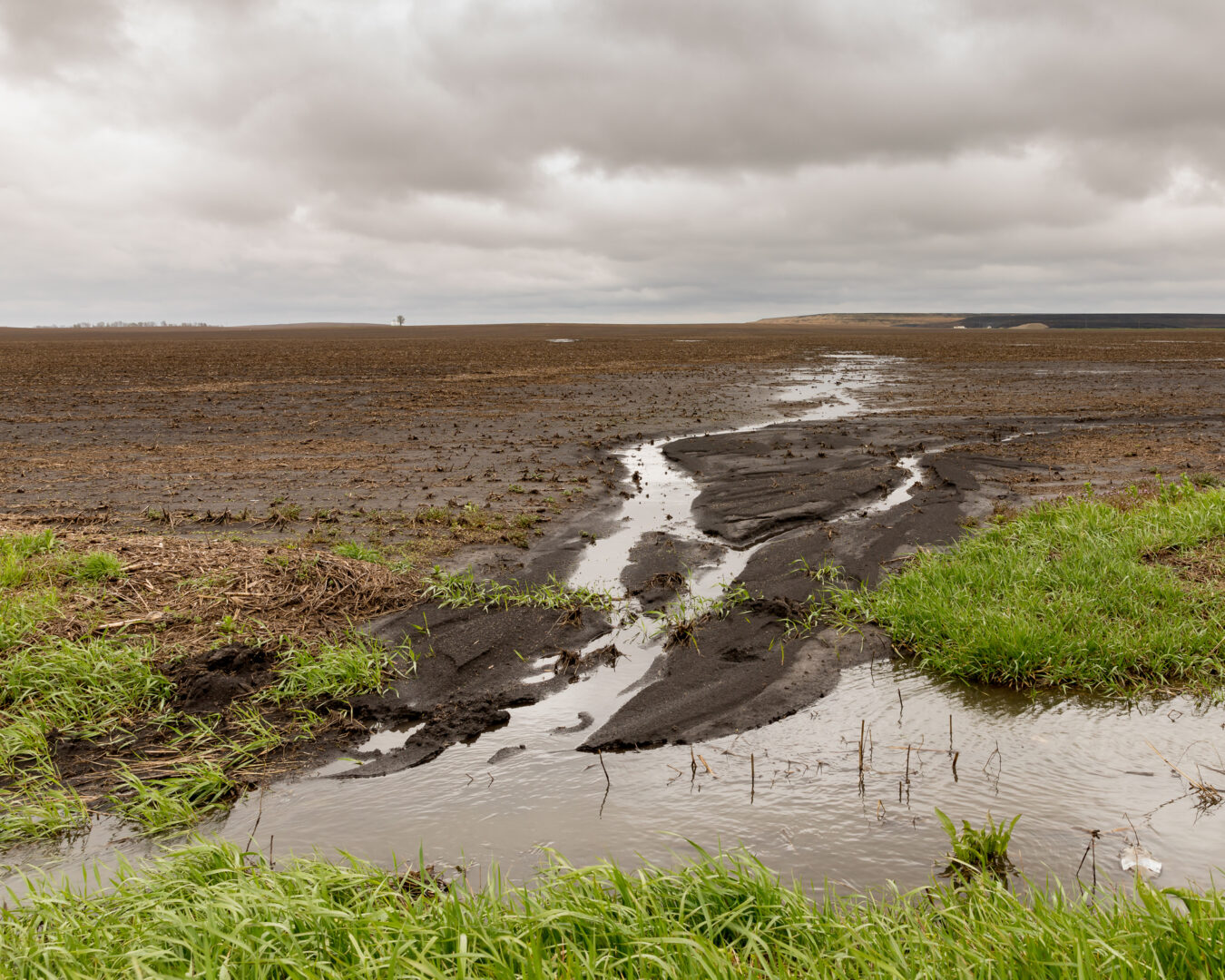
Farmers sometimes fertilize their fields with sewer sludge. This sludge can hold high levels of harmful chemicals called per- and polyfluoroalkyl substances (PFAS). By using this sludge year after year, farmers risk being exposed to unsafe amounts of PFAS. The EPA also warns that PFAS can end up in food products like milk or eggs.
The EPA says farmers use biosolids on less than 1% of U.S. farmland, but the National Biosolids Data Project estimates the number is closer to 18%. This means about 70 million acres—about the size of Nevada—could face PFAS contamination, putting the food supply at risk.
What are PFAS?
PFAS are known as “forever chemicals” because their strong carbon-fluorine bonds make them extremely difficult to break down.
Companies have used these chemicals since the 1940s in products like fire extinguishers, nonstick cookware, and food packaging.
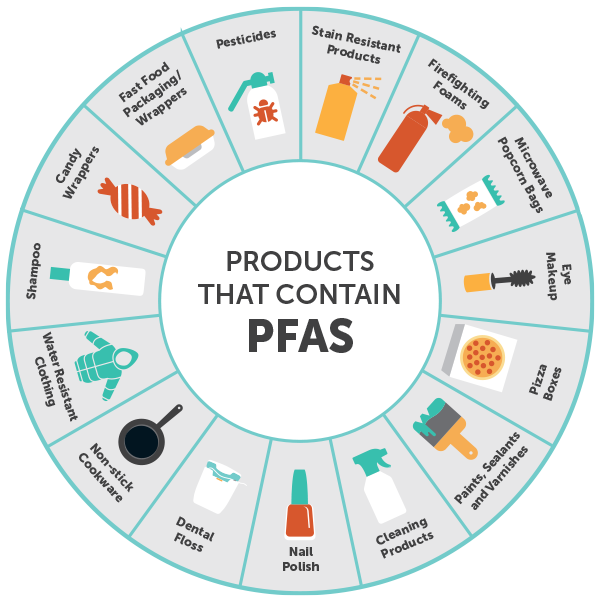
Studies show that PFAS harm human health. They cause issues like weakened immune systems, low birth weights, high cholesterol, liver damage, and even certain cancers.
PFAS enter sewer sludge through wastewater, which carries the chemicals from factories and homes that use PFAS-treated products. Farms using large amounts of sludge for many years face a higher risk of PFAS buildup, while farms using less sludge or sludge with fewer PFAS face lower risks.
People can also be exposed to PFAS by drinking water, milk, or eating eggs from farms with long-term PFAS contamination. Fish from ponds near these farms might also contain these harmful chemicals.
Burning sewer sludge might release PFAS into the air, but the EPA says it doesn’t have enough data yet to fully understand this risk.
What is the EPA Doing About the Problem?
To address the problem, the EPA is working on stricter rules for industries like factories and landfills that release PFAS into wastewater. These new rules aim to reduce contamination and protect public health.



